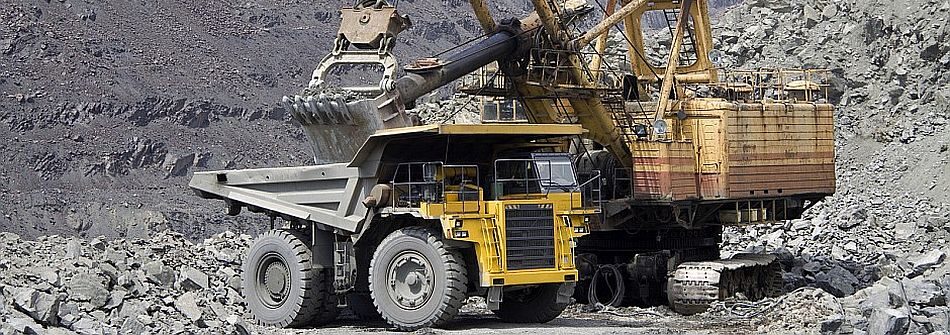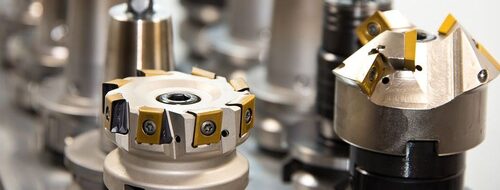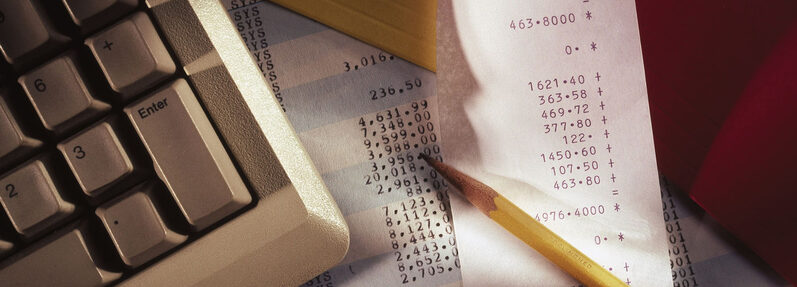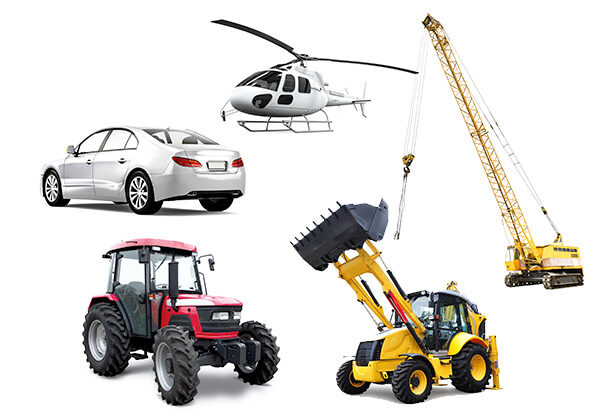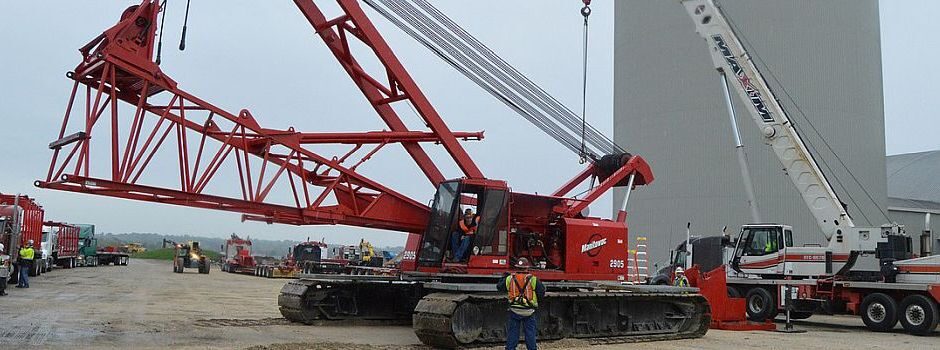
Buying a crane can be a significant investment, so it’s important to understand the process and make an informed decision. Here is a complete guide to buying and financing a crane:
- Determine Your Needs: Before buying a crane, you need to determine the type of crane you need for your current and future projects. There are many types of cranes available, including tower cranes, mobile cranes, crawler cranes, and overhead cranes. Each type of crane has its own advantages and disadvantages, so it’s important to choose the one that is best suited for your short and long term needs.
- Choose a Crane Supplier: Once you have determined the type of crane you need, you should choose a reputable supplier. Look for a supplier that has experience in the industry and offers quality cranes. You can ask for referrals from other contractors or search online for reviews and ratings.
- Check the Crane’s Condition: Before finalizing the purchase, it’s important to check the crane’s condition thoroughly. You should inspect the crane’s structural integrity, mechanical components, electrical system, and safety features. If possible, you should also test the crane’s performance to ensure it’s in good working condition.
- Determine the Total Cost: In addition to the purchase price of the crane, you should also consider the cost of transportation, installation, maintenance, and insurance. These costs can add up quickly, so it’s important to factor them into your budget.
- Choose a Financing Option: Once you have determined the total cost of the crane, you should consider your crane financing options. You can choose to pay for the crane in cash, obtain a loan from a bank or financial institution, or lease the crane.
- Cash Payment: If you have sufficient cash reserves, you may choose to pay for the crane upfront. This option provides the advantage of avoiding interest payments and owning the crane outright.
- Bank Loan: If you don’t have enough cash reserves, you may obtain a loan from a bank or financial institution. The loan amount and interest rate will depend on your credit score, business history, and collateral. You should compare the interest rates and terms of different lenders to choose the one that suits your needs.
- Lease: If you don’t want to commit to a long-term investment, you can choose to lease the crane. Leasing provides the advantage of lower monthly payments and flexibility to upgrade or return the crane at the end of the lease term. However, you won’t own the crane at the end of the lease, unless the lease has end of term purchase options.
- Finalize the Purchase: Once you have chosen the financing option, you should finalize the purchase. You should review and sign the purchase agreement, financing agreement, and any other legal documents. You should also make the necessary payments and obtain the necessary permits and insurance.
- Maintenance and Operation: After buying your crane, it’s important to maintain and operate it properly. You should follow the manufacturer’s recommendations for maintenance, hire qualified operators, and ensure the crane is operated safely and efficiently. This will help prolong the lifespan of the crane and minimize downtime and repair costs.
Should I Buy a New or Used Crane?
The decision to buy a new or used crane depends on a variety of factors, including your budget, the purpose of the crane, the expected usage, and the availability of financing.
If you have a higher budget and require a crane with the latest technology, a new crane may be the better option. New cranes often come with warranties and maintenance packages, which can give you peace of mind and ensure that the crane operates reliably. Additionally, a new crane can offer the latest safety features and meet the most current industry standards.
However, if your budget is more limited or you don’t need the latest technology, a used crane could be a more cost-effective option. Used cranes are often significantly cheaper than new cranes, which can save you a lot of money upfront. Additionally, used cranes that have been well-maintained and inspected can still provide reliable and safe operation.
Ultimately, the decision to buy a new or used crane will depend on your specific needs and circumstances. Before making a decision, you should thoroughly research the options available to you, consult with experts in the field, and weigh the pros and cons of each choice.
Popular Websites to Purchase a Crane:
There are several websites where you can purchase a crane. Here are some of the most popular:
- CraneNetwork.com – This is a great website for buying and selling new and used cranes of all types. It has a vast inventory of cranes from trusted brands and sellers.
- Bigge.com – Bigge Crane and Rigging Co. is one of the largest crane companies in the world, and their website is a great place to buy or rent a crane. They have an extensive inventory of cranes of all sizes and types.
- Mascus.com – This is a global marketplace for heavy machinery, including cranes. You can find both new and used cranes from sellers all over the world.
- IronPlanet.com – This is another website that sells both new and used cranes, as well as other heavy equipment. They offer auctions and fixed-price listings, so you can find the right crane at the right price.
- EquipmentTrader.com – This website has a large inventory of cranes for sale from dealers and private sellers. You can search by type, brand, location, and other criteria to find the perfect crane for your needs.
It’s always a good idea to do your research and compare prices and features before making a purchase. Additionally, be sure to check the seller’s reputation and read customer reviews before making a purchase to ensure that you are getting a quality crane.
Crane Financing Options:
There are several financing options available for businesses looking to purchase a crane:
- Bank loans: Traditional bank loans are a common financing option for purchasing a crane. Banks typically offer competitive interest rates and repayment terms that can range from several months to several years.
- Equipment financing: Some lenders specialize in providing financing for equipment purchases, including cranes. These lenders may offer more flexible repayment terms or better rates and terms compared to other financing options.
- Leasing: Leasing a crane can be a cost-effective way to access the equipment without a large upfront investment. Leasing terms can range from short-term rentals to long-term leases, and some may include maintenance and repair services.
- Equipment auctions: Not really a financing option, but purchasing a used crane at an auction can be a more affordable option for those on a tight budget. However, it is important to thoroughly inspect the crane before making a purchase to ensure it is in good working condition. Depending on the age of the crane, most lenders will finance cranes purchased at an auction house.
When considering financing options for a crane purchase, it is important to carefully evaluate each option and compare interest rates, repayment terms, and any additional fees or charges. It may also be helpful to consult with a financial advisor or accountant to determine the best financing option for your specific situation.
This article first posted on April 20, 2023 on our main blog page here.

